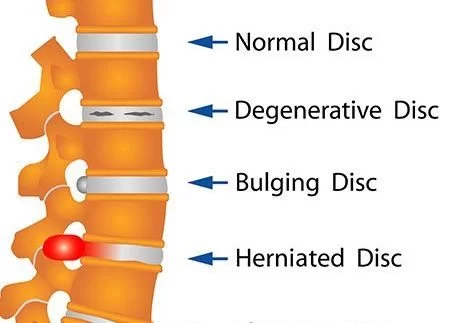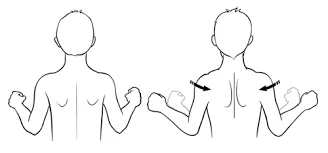Bulging Disc in the Neck
What is a Bulging Disc in the Neck? A Bulging Disc in the neck, also known as a cervical bulging disc, is a condition that affects the intervertebral discs in the cervical spine. These discs serve as cushions between the vertebrae, providing support and allowing flexibility in the neck. When a disc bulges, it means…









